**FEATURES**
-1、High-temperature resistance: It can withstand high-temperature environments such as engines and exhaust systems (usually above 200℃, and some products can reach over 400℃).
-2、Strong sealing performance: Fills minor flaws on the metal surface, and is resistant to oil, water, and gas leakage.
-3、Gasket-free: Directly replace traditional solid gaskets, simplify assembly, and reduce the risk of leakage points.
-4、Shock-resistant and aging-resistant: Adapt to the vibration of components and long-term cold and hot cycles, providing long-lasting sealing.
**PACKAGING**
- 300ml、120ml、85ml、70ml、50ml、35ml、10ml
-Also available in larger buckets for professional use
**BASIC USES**
-1、Engine: Valve cover, oil pan, timing chain cover, and other mating surfaces.
-2、Exhaust system: Exhaust pipe interface, three-way catalytic converter connection.
-3、Turbocharger: Intake pipe, housing joint.
-4、Transmission: Housing mating surface (for some applicable models).
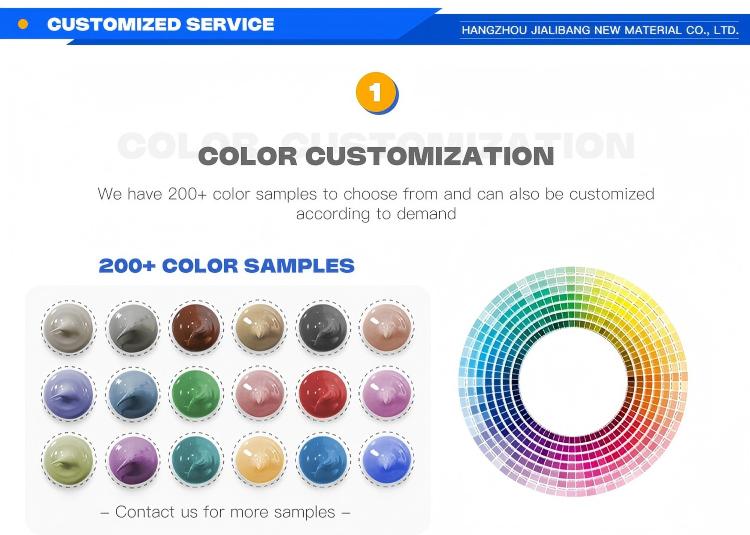 |
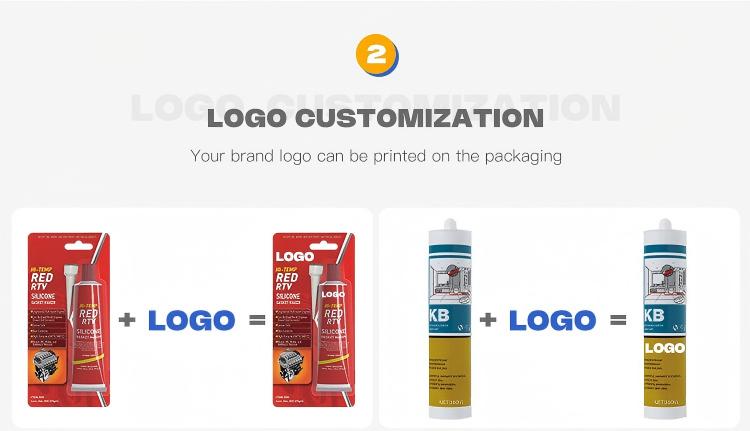 |
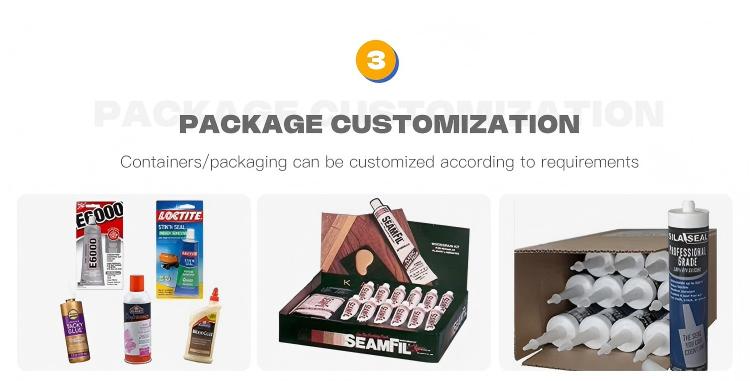 |
High Temperature Resistant Gasketless Sealant for Automobiles Product Introduction
1. Product Overview
High-temperature resistant gasket-free sealant for automobiles is a single-component or two-component sealant designed specifically for high-temperature environments. It is used to replace traditional gaskets, forming an elastic seal directly on metal joint surfaces. It is suitable for sealing high-temperature, high-pressure areas such as engines, gearboxes, and exhaust systems, and has excellent temperature resistance, oil resistance, and anti-aging properties.
2. Product Features
✔ High-temperature resistance: Long-term temperature resistance range of -40°C to +300°C (short-term up to +350°C).
✔ Gasket-free design: Directly applied to the sealing surface, it forms a flexible sealing layer after curing, replacing traditional metal/rubber gaskets.
✔ Medium Resistance: Resistant to chemical corrosion from engine oil, gasoline, diesel, coolant, acids, and alkalis.
✔ High Elasticity: Retains flexibility after curing, accommodating vibration and thermal expansion/contraction.
✔ Rapid Curing: Some products support room-temperature curing (24 hours) or accelerated curing via heating (e.g., 80°C for 1 hour).
3. Typical Applications
Engines: cylinder heads, oil pans, timing chain covers, turbocharger seals.
Transmissions: housing mating surfaces, side cover seals.
Exhaust systems: exhaust pipe flanges, catalytic converter interfaces.
Other high-temperature areas: EGR valves, intake manifolds, water pump seals.
4. Technical parameters (based on typical products)
| Item | Parameter |
| Color | Gray, red, or black (depending on the brand) |
| Viscosity | Paste-like or semi-fluid (suitable for scraping or spraying) |
| Curing Method | Moisture curing or heat curing |
| Shear Strength | ≥5 MPa (steel - steel, after curing) |
| Pressure Resistance | Sealing pressure resistance ≥10 bar (static) |
| Applicable Substrates | Metals such as cast iron, aluminum, steel, stainless steel, etc. |
5. Application Method
1. Surface Preparation:
Thoroughly clean the sealing surface, removing oil stains and rust (recommended to use acetone or a specialized cleaner).
Roughening the surface (e.g., by sanding with sandpaper) can enhance adhesion.
2. Adhesive Application:
Apply the adhesive evenly to the sealing surface (thickness: 0.1–0.3 mm; no need for excessive thickness).
Application methods include scraping, brushing, or using specialized dispensing equipment.
3. Assembly:
Immediately close the components and tighten the bolts (some products require assembly within 5 minutes after adhesive application).
Tighten the bolts in a diagonal sequence to the specified torque.
Curing:
Room temperature curing: reaches service strength in 24 hours.
Heat acceleration: preliminary curing at 80°C for 1 hour (refer to product specifications for details).
6. Advantages over traditional gaskets
| Comparison Items | Gasket - free Sealant | Traditional Gasket |
| Sealing Performance | Fills microscopic unevenness, no risk of interface leakage | Relies on gasket compression, prone to aging and failure |
| Temperature Resistance | Can reach above 300°C | Rubber gaskets usually have a temperature resistance of ≤200°C |
| Vibration Resistance | Elastic to adapt to vibration, not easy to loosen | Metal gaskets may leak due to vibration |
| Cost and Efficiency | Eliminates the need for gasket procurement and inventory, simplifies assembly | Requires matching gasket models, cumbersome installation |
7. Precautions
⚠ Safety precautions:
Avoid contact with skin or eyes (contains silicone or epoxy components, which may cause irritation).
Work in a well-ventilated area, away from open flames (some products contain solvents).
⚠ Restrictions on use:
Not suitable for plastic or non-metal surfaces (compatibility must be confirmed).
For large gaps (>0.5mm), use with metal gaskets.
8. Frequently Asked Questions
Q1: Can it be used for exhaust manifold sealing?
→ A high-temperature resistant sealant (≥500°C) must be selected, such as ceramic-filled products.
Q2: How to disassemble after curing?
→ Mechanical tools can be used to separate, and residual adhesive layers can be cleaned with a scraper or solvent (such as acetone).
Q3: How long after application can the engine be started?
→ It is recommended to cure for at least 12 hours at room temperature or follow the manufacturer's instructions for heat curing before pressurizing and operating.
High-temperature resistant gasket-free sealant for automobiles simplifies the assembly process and enhances sealing reliability, gradually replacing traditional gaskets. When selecting a product, it is essential to match it to specific operating conditions (temperature, medium, pressure) and strictly adhere to the application process to ensure effective sealing.

 ENG
ENG
 English
English



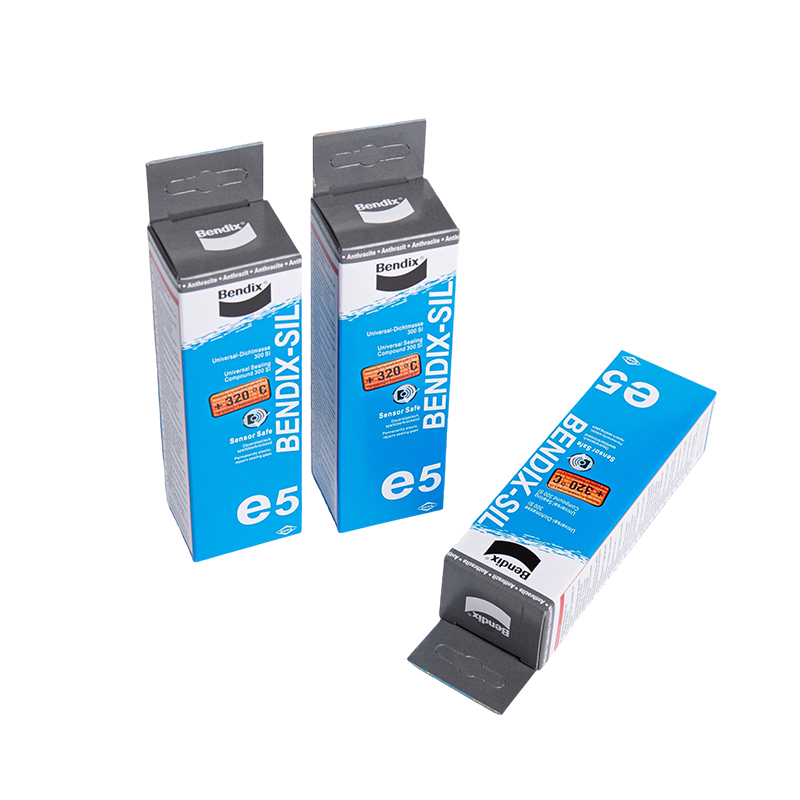




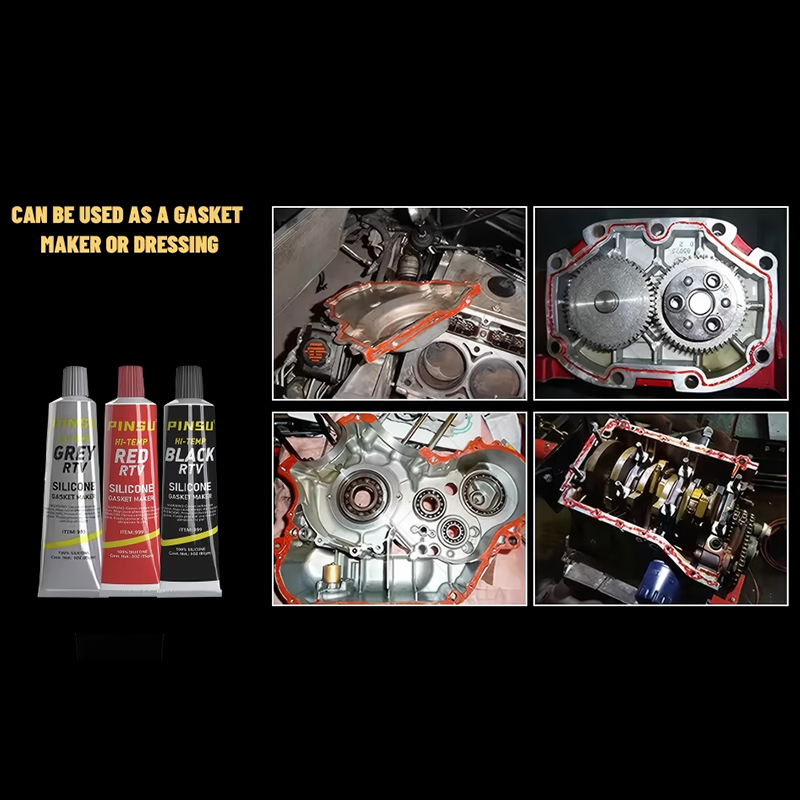




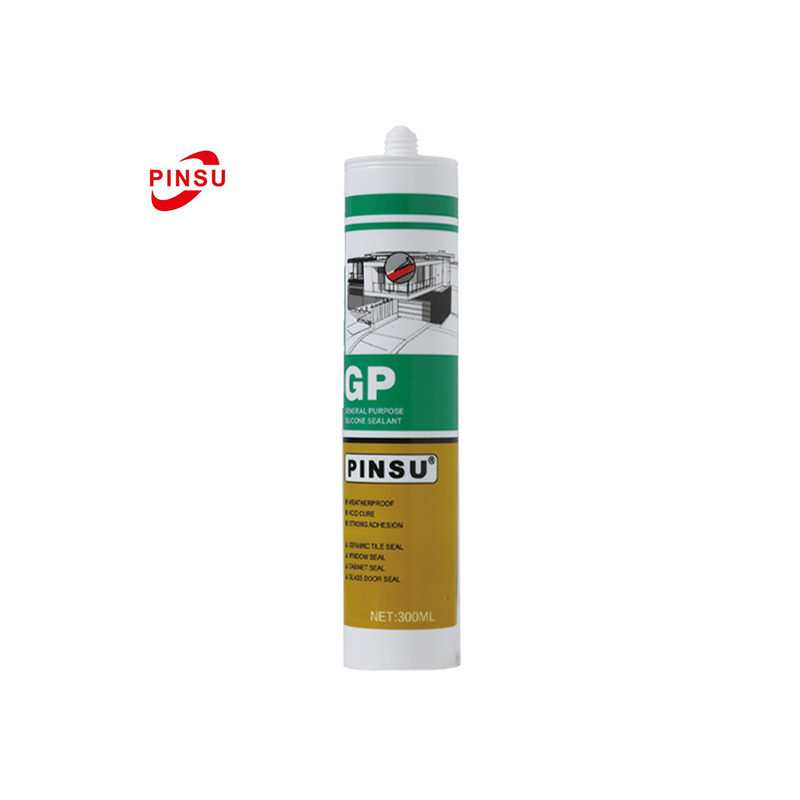


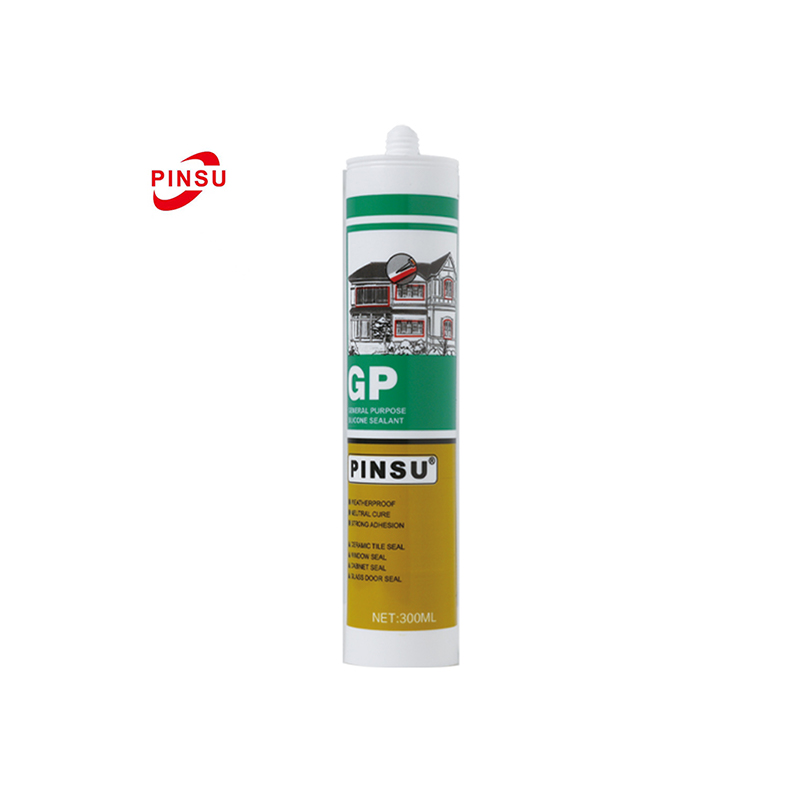
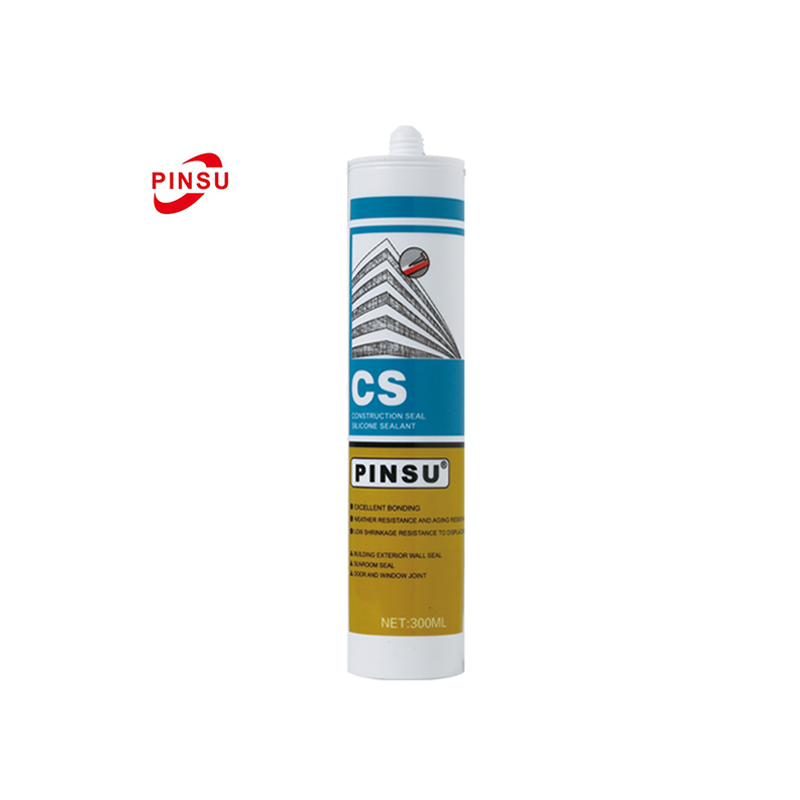



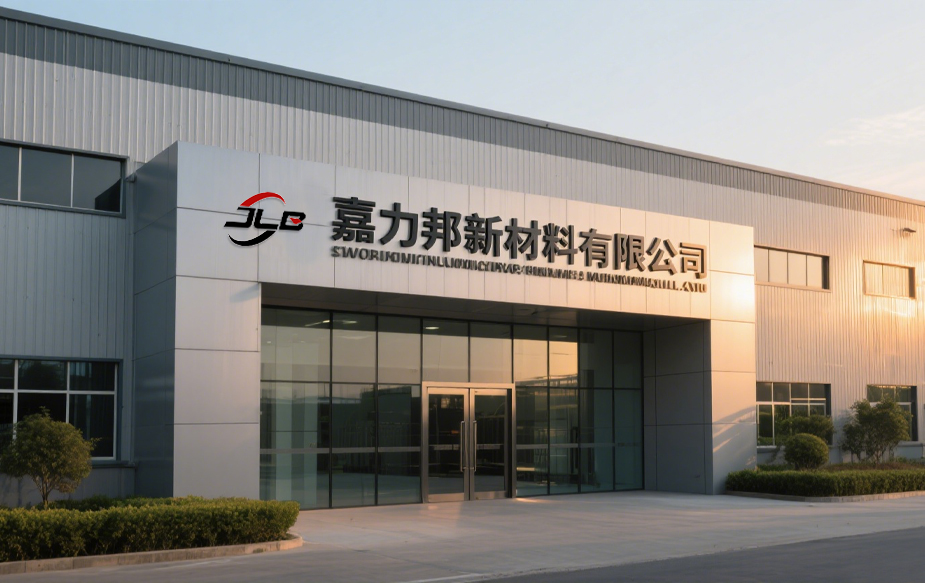

 TOP
TOP